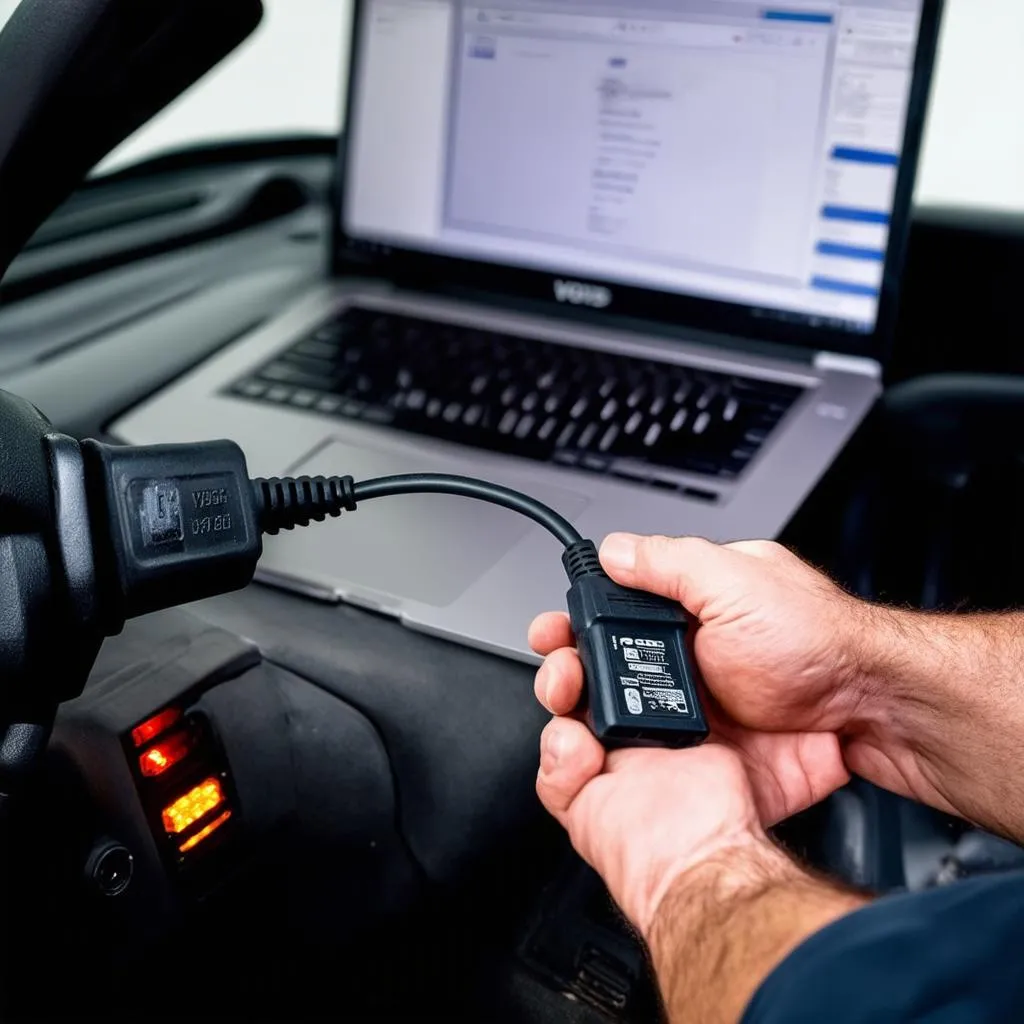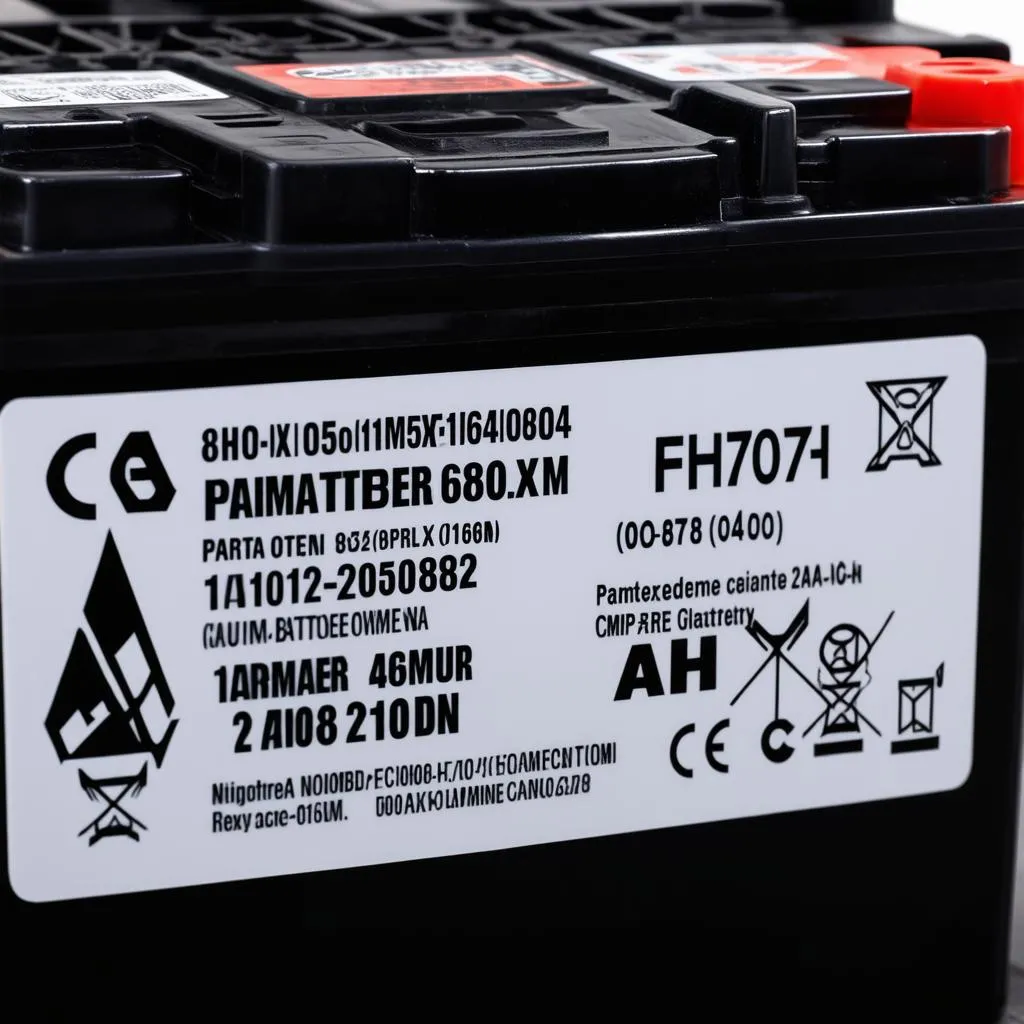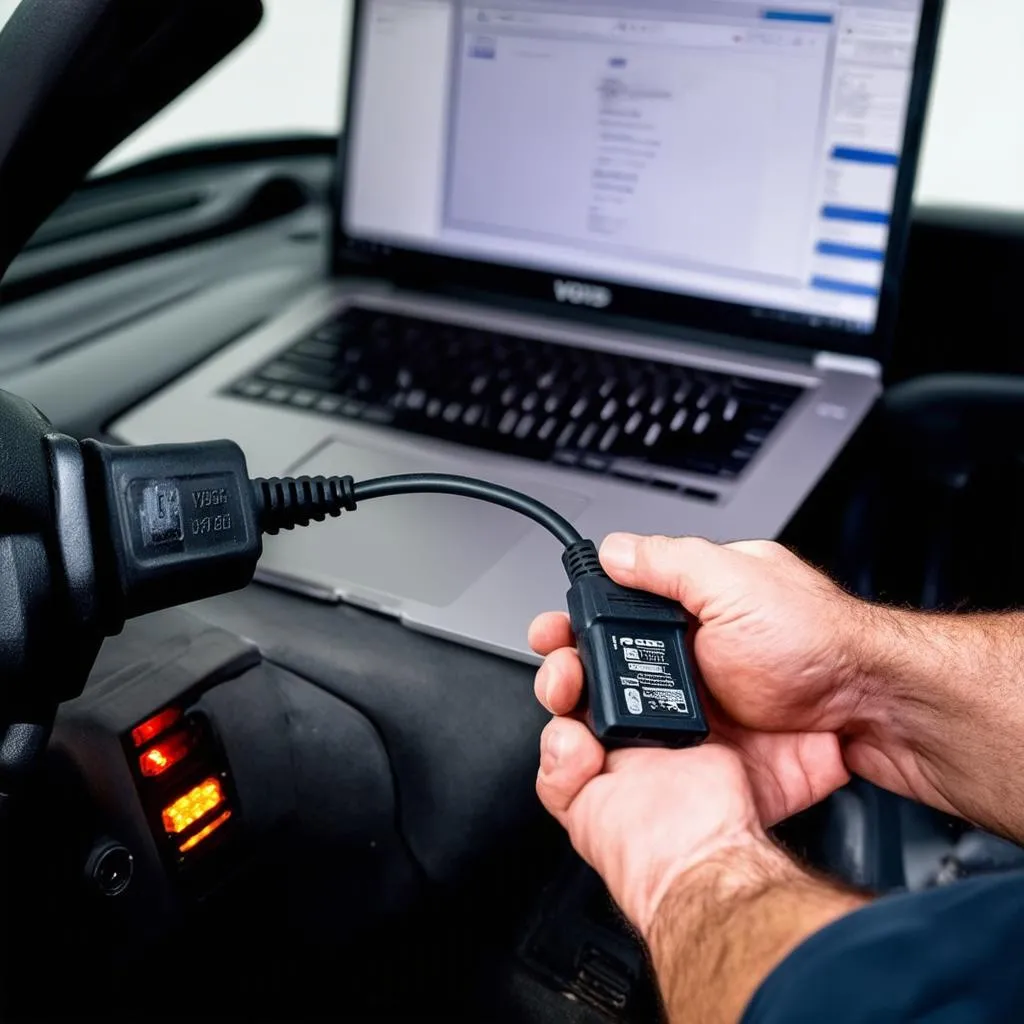Code New Battery VCDS: What it Means and Why It Matters
“A new battery for your car is like a fresh start, but how does your car know it’s fresh?” That’s what John, a client, asked me the other day after I replaced his Volkswagen’s battery. Just like a computer needs a reboot, modern cars, especially those with sophisticated electrical systems like many European models, often need a little “heads up” when you introduce something new. That’s where “coding a new battery with VCDS” comes in.
Understanding the Need to Code a New Battery
When we talk about “coding a new battery with VCDS,” we’re essentially talking about using a diagnostic tool, often referred to as VAG-COM or VCDS (VAG-COM Diagnostic System), to inform your car’s computer system (specifically the Battery Management System or BMS) that a new battery has been installed. This might seem like a purely technical process, and it is, but it has some interesting parallels in other areas of life.
Think of it like this: in many cultures, a new beginning, like starting fresh with a new home, often involves certain rituals or ceremonies. We might not be aware of it, but these practices often stem from a desire to create harmony between the old and the new. Similarly, coding a new battery is like performing a digital ritual for your car’s electronics.
Why is Coding Important?
You might be wondering, “Do I really need to code a new battery?”. Well, imagine this: you’re working on a complex project, and suddenly, a key component is replaced without you knowing. You might be able to continue, but things might not run as smoothly or efficiently. The same applies to your car.
Modern cars rely heavily on their electrical systems. The battery isn’t just there to start the engine; it plays a vital role in powering numerous components and systems. Without proper coding:
- Your car’s alternator might not charge the new battery optimally, leading to a shorter lifespan.
- The Battery Management System (BMS) might misinterpret the new battery’s condition, potentially leading to inaccurate readings or even warning lights on your dashboard.
- In some cases, certain comfort features, like the start-stop system, might not function correctly.
In essence, coding the new battery ensures that your car’s brain and its heart (the battery) are on the same page, working together in perfect harmony.
How to Code a New Battery with VCDS
Now that we understand the “why”, let’s delve into the “how”.
Important Note: The exact steps might vary slightly depending on your specific car model and the version of VCDS you’re using. Always consult your car’s manual or a trusted mechanic if you’re unsure.
- Connect your VCDS: Connect the VCDS interface to your car’s OBD-II port (usually located under the dashboard on the driver’s side).
- Turn on the ignition: Turn your car’s ignition to the “on” position (don’t start the engine).
- Launch VCDS: Start the VCDS software on your computer.
- Select Control Units: Choose the “Select Control Units” option.
- Navigate to Battery Regulation: Look for and select the module related to “Battery Regulation” or “Energy Management”.
- Coding: You should see an option for “Coding” or “Adaptation”. This is where you input the new battery’s information.
- Input Battery Details: You’ll need to enter the new battery’s part number, serial number, and sometimes the Ampere-hour rating (Ah). This information is usually found on the battery itself.
- Save and Exit: Save the changes you’ve made and exit VCDS.
 VCDS Coding Process
VCDS Coding Process
Beyond the Technical: A Touch of Perspective
While this process might seem purely technical, some people find a connection to broader concepts like mindfulness and intention. Just as registering your new address after moving helps ensure mail arrives at the right place, coding your battery is like informing your car’s system about the change. This deliberate action can be seen as a way of maintaining order and flow in the increasingly complex interaction between humans and technology.
Common Questions about Coding a New Battery with VCDS
Q: What happens if I don’t code a new battery in my Volkswagen?
A: While your car might function normally initially, not coding the battery could lead to issues with battery management, charging, and even the lifespan of the new battery itself.
Q: Can I code a new battery myself, or do I need a mechanic?
A: If you’re comfortable with basic car maintenance and following instructions, you can likely code the battery yourself using VCDS. However, if you’re unsure about any step, it’s always best to consult a professional.
Q: Are there any risks associated with coding a new battery?
A: As long as you follow the correct procedures and use the appropriate settings for your specific car model, coding a battery is generally safe.
 New Car Battery Information
New Car Battery Information
Exploring Further
Here are some related resources that might be helpful:
- Link to article about VCDS basics on cardiagxpert.com
- Link to article about VCDS adaptations on cardiagxpert.com
Need Help? We’re Just a Message Away!
If you have any questions about coding a new battery, using VCDS, or any other car diagnostic needs, don’t hesitate to reach out. Our team of automotive experts is here to help 24/7. Contact us on Whatsapp at +84767531508 for personalized assistance and expert advice.
Let’s keep your car running smoothly!

